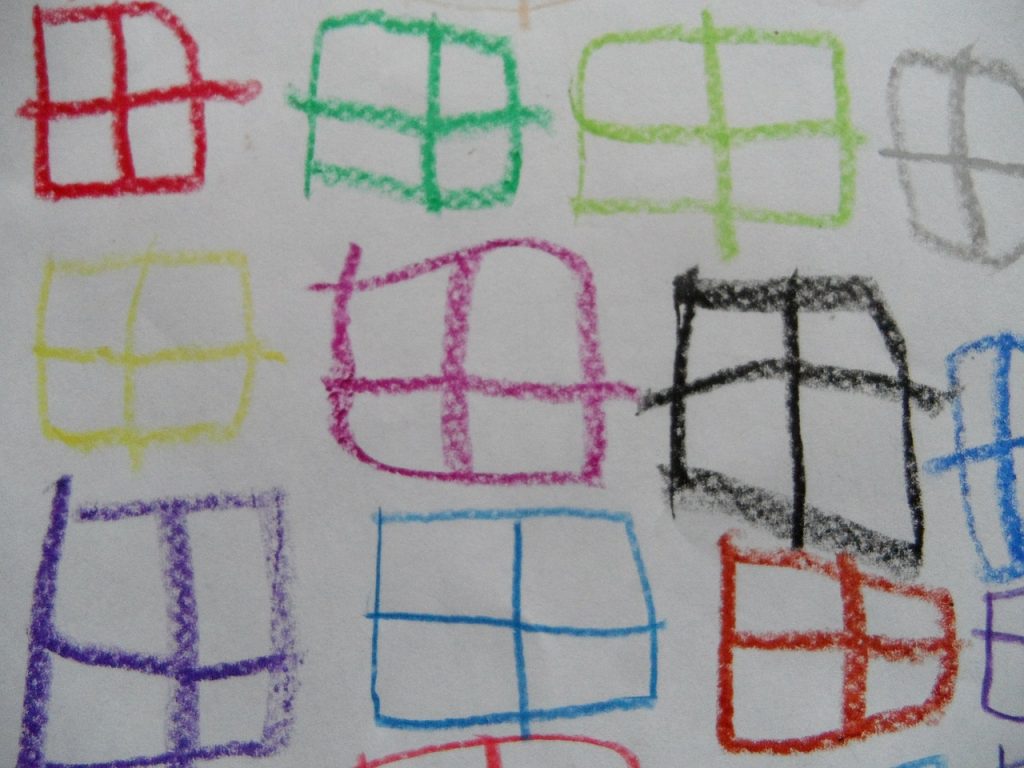How to make drawing and painting fun
Some children enjoy drawing and painting than others, therefore it is important to help those that are less reluctant. Children are more likely to enjoy drawing and painting if they are interested and feel comfortable doing so. Make sure you provide children with the right mark making tools and be a supportive role model.
As all children are individuals make sure the environment suits the needs of the child as some may only be able to sit at a table and draw where as others may need to standing at an easel to paint. All of what you see should be highlighted in your daily observations therefore use these to help plan a fun experience for the children.
Here are some top tip tips to make drawing and painting enjoyable.
- Play an active part
Children like to see adults taking part either with or alongside them; this gives children reassurance and boosts their interests. It is also a great opportunity to observe what the child is doing and learning.
- Avoid asking too much questions
It is important to show an interest however don’t ask the children a lot of questions. This can hinder children’s learning as they may be at the stage where they are exploring mark making. Asking question about whether they enjoyed their drawing are more beneficial questions to ask.
- Relaxed and calm environment
The environment is crucial to children’s learning and development; children are more focussed when the environment is calm and relaxed. Drawing and painting activities need to be pressure free. Is drawing and painting offered at your setting all day every day? and do you find children access it all the times or certain times of the day?
- Give praise
Giving children praise is a must, this will help build their confidence and self esteem. Instead of questioning children about their drawings why not comment of how well they have done.
- Don’t judge children’s drawings
Children’s drawing are precious to them, if you start judging them and saying ‘Does Mummy hair really look like that’, this can have a negative impression. It is important to have realistic expectations and remember that children are all different.

